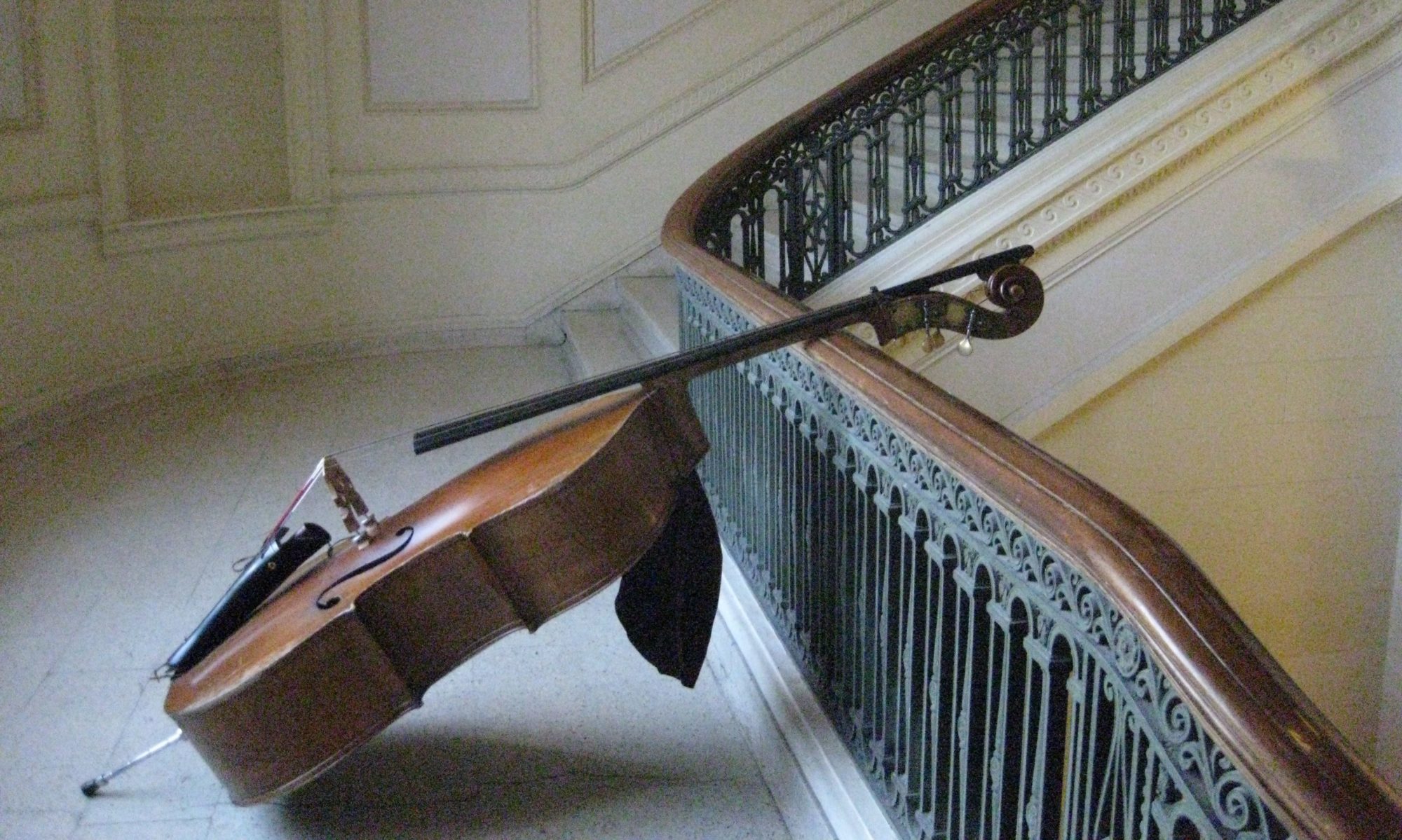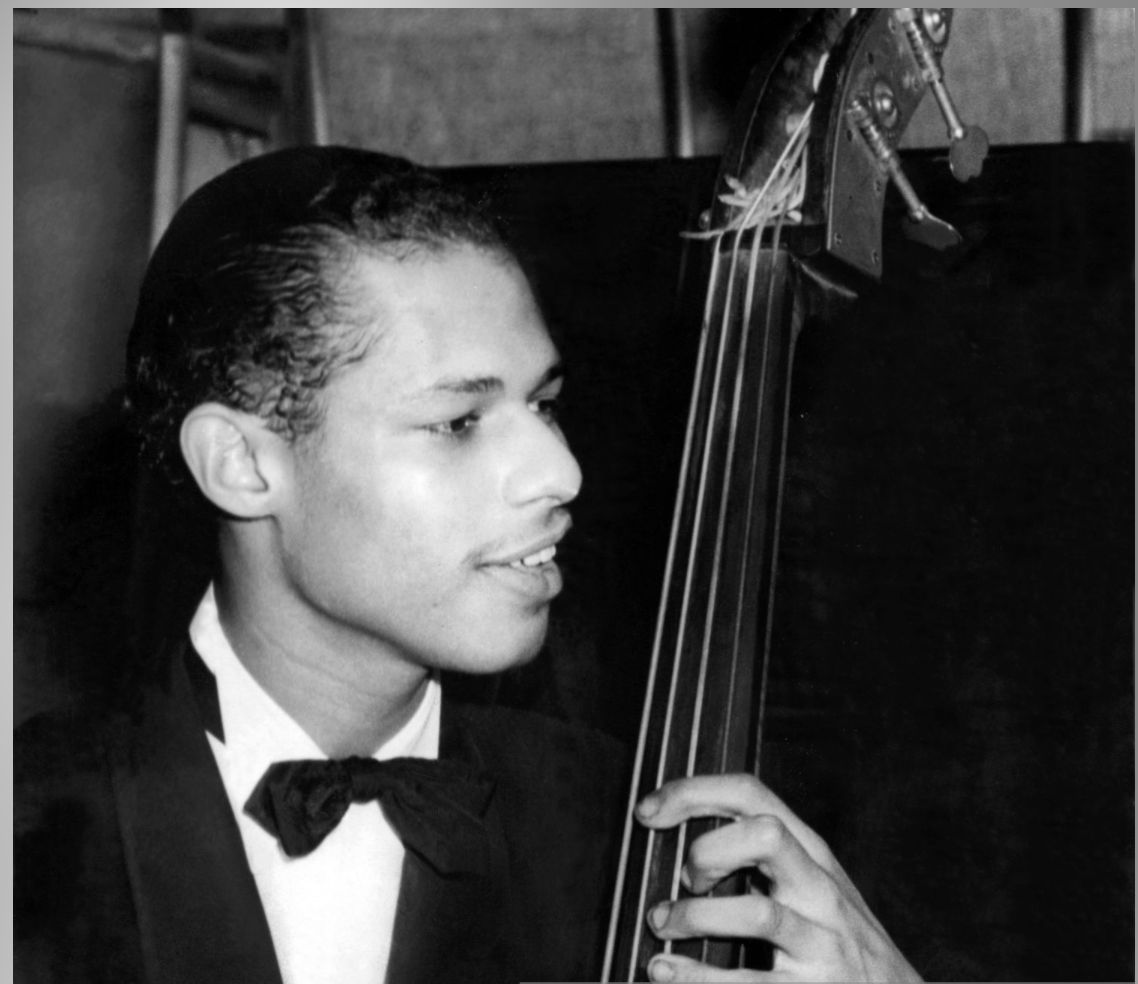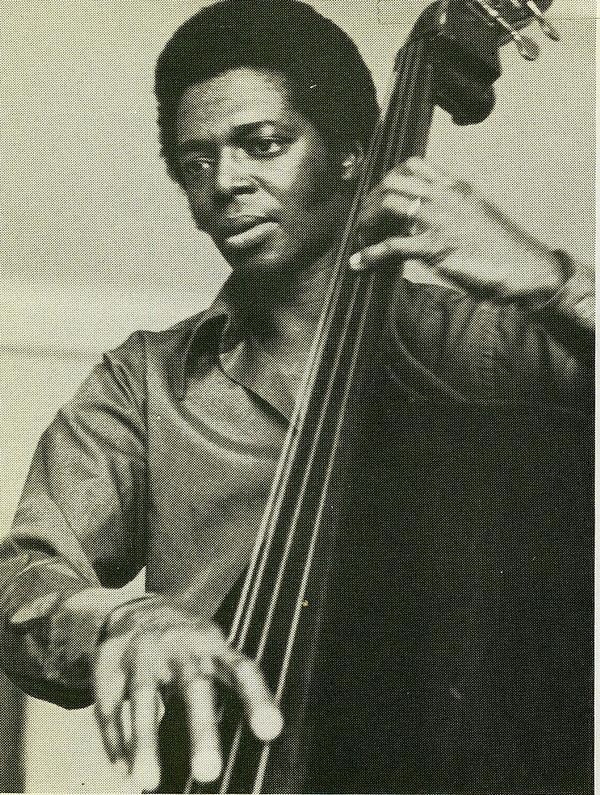I thought folks might enjoy reading this short article on early bassists and transcribing in terms of developing a stronger soloing voice.
Of course the first bass soloist, of the “modern era”, at least, is Jimmy Blanton (above) and you might enjoy learning his solos on Jack the Bear, Pitter Panther Patter, and Mr. JB Blues, especially among others.
https://www.youtube.com/watch?v=qKD-1YvFjkk https://www.youtube.com/watch?v=8xJlV0Agi1w&frags=pl%2Cwnhttps://www.youtube.com/watch?v=zrvHckvHj90&frags=pl%2Cwn
Interesting to contemplate that this is like 1941! All modern bass soloing starts here I think.
The other important early bassist is Oscar Pettiford. You can go way down the rabbit hole of Mr. Pettiford, but here’s a taste, which I never saw until just now. His timing is just perfect and interesting to watch his right hand. There’s very little video of Pettiford, but plenty of recordings; https://www.youtube.com/watch?v=7da4WkFqE2g&frags=pl%2Cwn

MIngus, Ray Brown, Chambers and everybody else are coming from Mr. Blanton and Mr. Pettiford, so that’s the source here. Do get into MIngus and Ray of course.
That said, and moving away from just bassists, I’d say go with your taste in terms of who to copy. In the earlier jazz, 1940-60 let’s say, I think Lester Young, Clifford Brown are two to get into because of their clarity and their economy.
A few of my favorite short solos:
- Clifford Brown Ida Red and I Come from Jamaica
- Wes Montgomery- Days of Wine and Roses, For Heaven’s Sake, Movin’ Along
- Cannonball Adderley, Never Will I Marry
- Wayne Shorter Infant Eyes
- Gene Ammons Sack Full of Dreams
Now here’s a source:
Lester Young These Foolish Things (the melody he plays is a solo!)
First, listen to the song sung by Nat King Cole
https://www.youtube.com/watch?v=biNNbvnxCM8&frags=pl%2Cwn
Check out all the verses, wow!
There are many versions of this tune by Lester and totally different. Compare these two, wow: Dodo Mamarossa on one track, Oscar Peterson the other.
Interesting to ponder these “interpretations” of Lester’s
https://www.youtube.com/watch?v=o7l1Qbtphaw&frags=pl%2Cwnhttps://www.youtube.com/watch?v=3kypKoQgT0M
Guitarist Charlie Christian and his follower Wes Montgomery are all about Lester, so a bass player with Lester in her DNA along with some of Bird via Chambers, brings a lot to the table.
That said, go with your taste and grab, steal, that which appeals!







